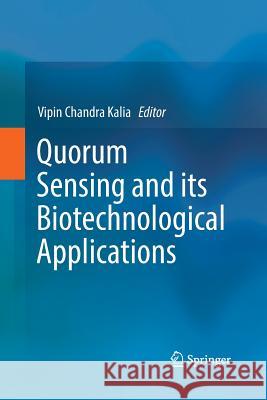Quorum Sensing and Its Biotechnological Applications » książka
topmenu
Quorum Sensing and Its Biotechnological Applications
ISBN-13: 9789811345166 / Angielski / Miękka / 2019 / 278 str.
Quorum Sensing and Its Biotechnological Applications
ISBN-13: 9789811345166 / Angielski / Miękka / 2019 / 278 str.
cena 385,52 zł
(netto: 367,16 VAT: 5%)
Najniższa cena z 30 dni: 382,84 zł
(netto: 367,16 VAT: 5%)
Najniższa cena z 30 dni: 382,84 zł
Termin realizacji zamówienia:
ok. 20 dni roboczych.
ok. 20 dni roboczych.
Darmowa dostawa!
Kategorie BISAC:
Wydawca:
Springer
Język:
Angielski
ISBN-13:
9789811345166
Rok wydania:
2019
Dostępne języki:
Ilość stron:
278
Waga:
0.41 kg
Wymiary:
23.39 x 15.6 x 1.55
Oprawa:
Miękka
Dodatkowe informacje:
Wydanie ilustrowane











